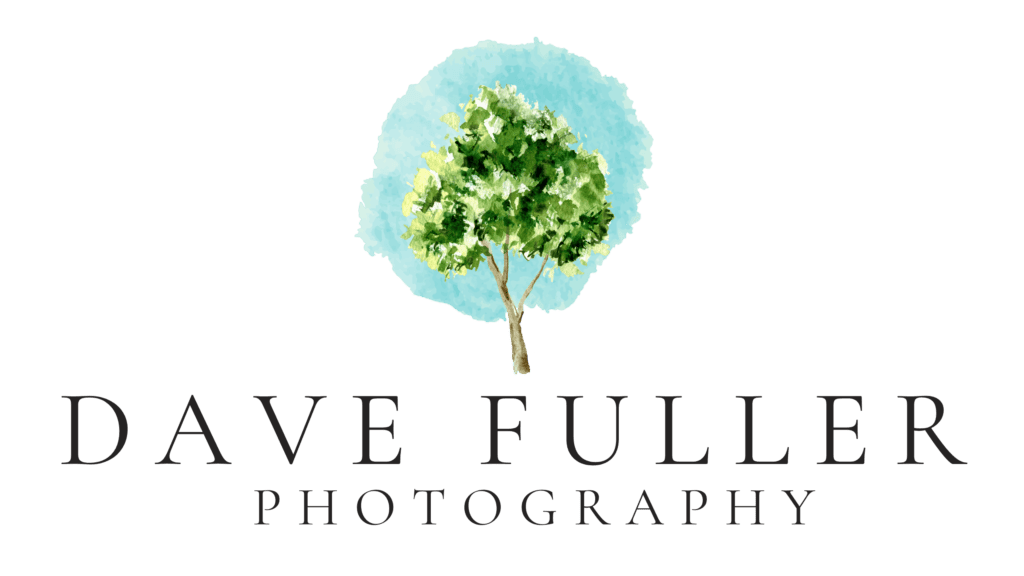Aperture is one of the most important settings in photography—and also one of the most creative tools you have. Once you understand how it works, you’ll be able to control not only how much light enters your camera but also how much of your image is in focus.
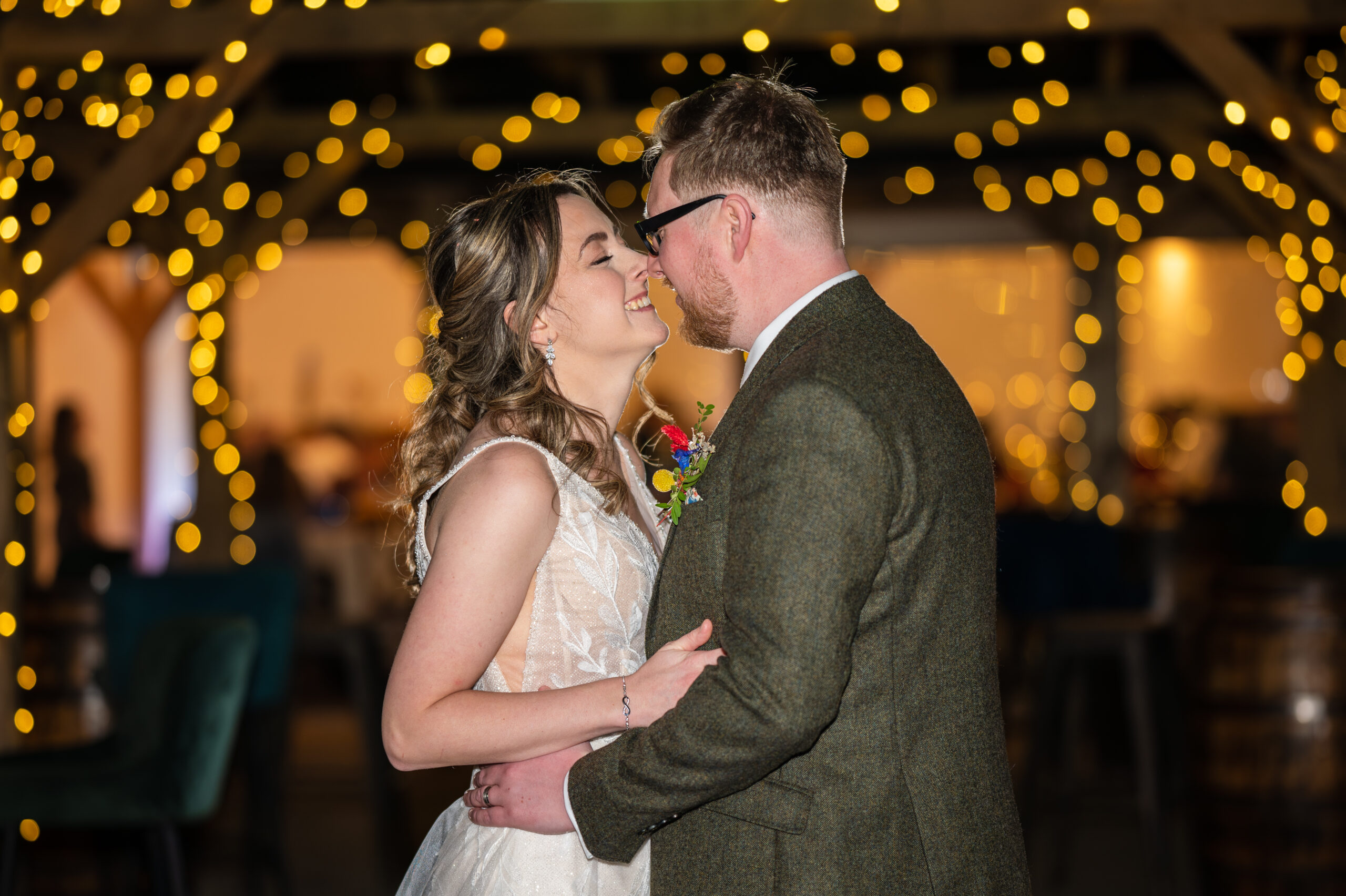
What is Aperture?
Aperture refers to the opening in your camera’s lens that lets light in. Think of it like the pupil of your eye—the wider it opens, the more light it lets through.
Aperture is measured in f-stops, such as f/2.8, f/4, f/8, f/16, and so on.
- Lower f-stop number (e.g., f/2.8) → Wider opening, more light
- Higher f-stop number (e.g., f/16) → Narrower opening, less light
How Aperture Affects Depth of Field
One of the most powerful effects of aperture is its control over depth of field—the amount of your image that appears sharp and in focus.
- Wide aperture (low f-stop, e.g., f/1.8–f/4):
Creates a shallow depth of field. Your subject will be sharp, while the background becomes beautifully blurred (often called bokeh). Perfect for portraits or close-ups. - Narrow aperture (high f-stop, e.g., f/11–f/16):
Creates a deep depth of field. More of the scene stays in focus, making it ideal for landscapes or architectural shots.

Aperture and Exposure
Aperture is also one side of the exposure triangle, along with shutter speed and ISO.
- A wider aperture lets in more light, allowing you to shoot in darker conditions without raising ISO.
- A narrower aperture lets in less light, which means you might need a slower shutter speed or higher ISO to maintain proper exposure.
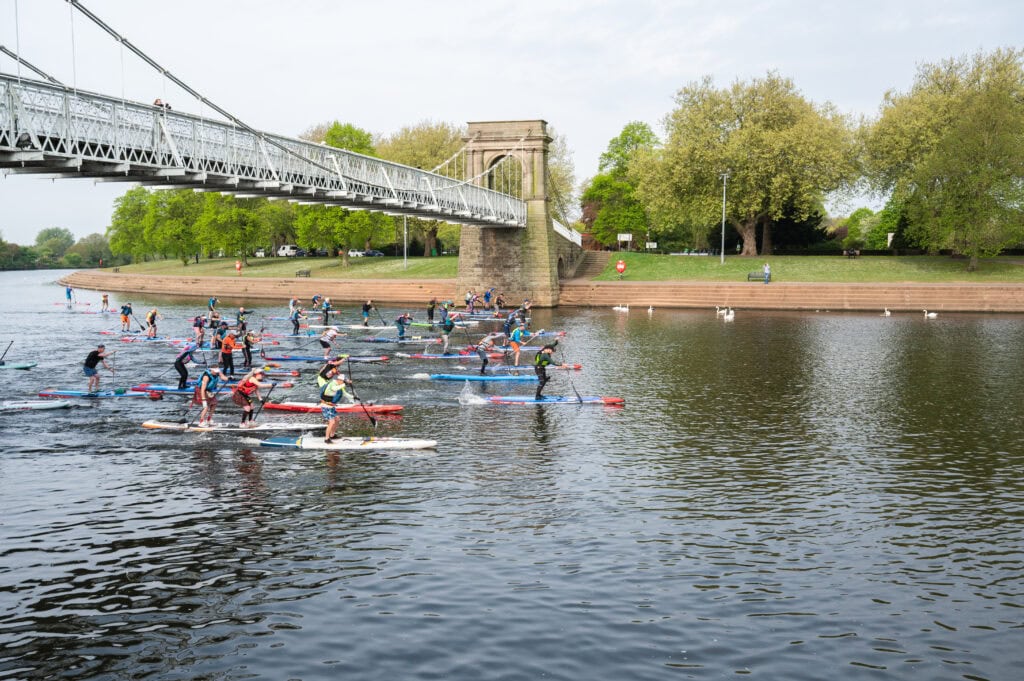
Creative Ways to Use Aperture
- Portraits: Use a wide aperture (like f/2.8) to isolate your subject from the background.
- Landscapes: Use a narrow aperture (like f/11) to keep everything sharp from front to back.
- Close-ups: Experiment with very shallow depth of field to highlight details, like a flower petal or a coffee cup rim.
- Storytelling shots: Play with mid-range apertures (like f/5.6–f/8) to balance subject sharpness and environmental context.
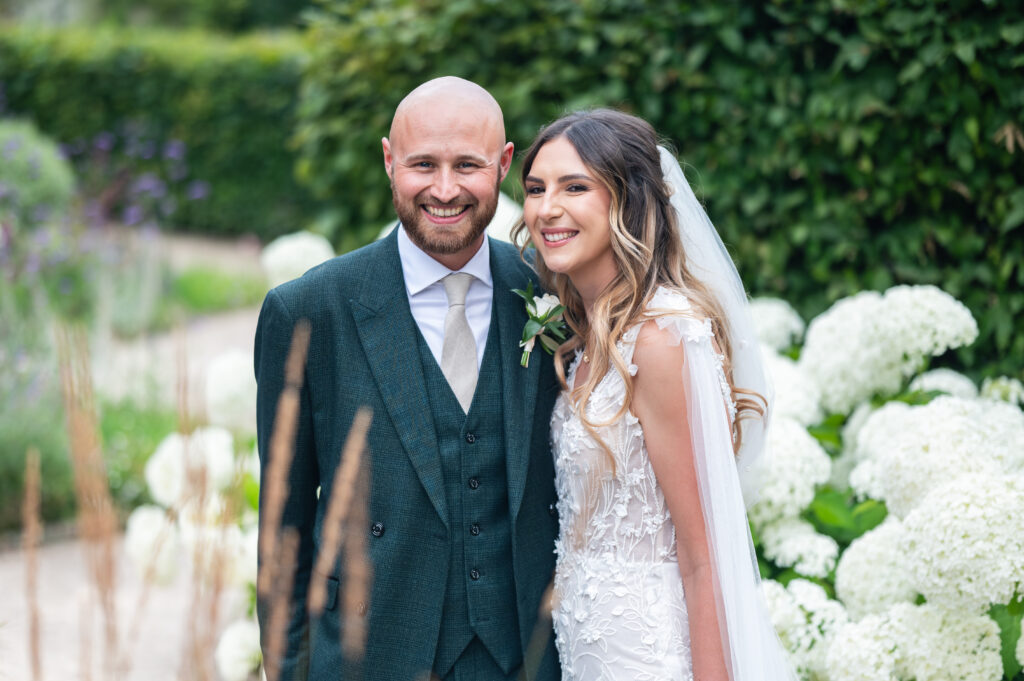
Tips for Mastering Aperture
- Check your lens limits: Not all lenses open to the same maximum aperture. A “fast” lens (like f/1.8) gives you more creative control.
- Mind your distance: Depth of field isn’t just about f-stop—your distance from the subject also plays a role. The closer you are, the shallower the depth of field.
- Experiment: Take the same shot at different apertures and compare. Notice how focus and background blur change.
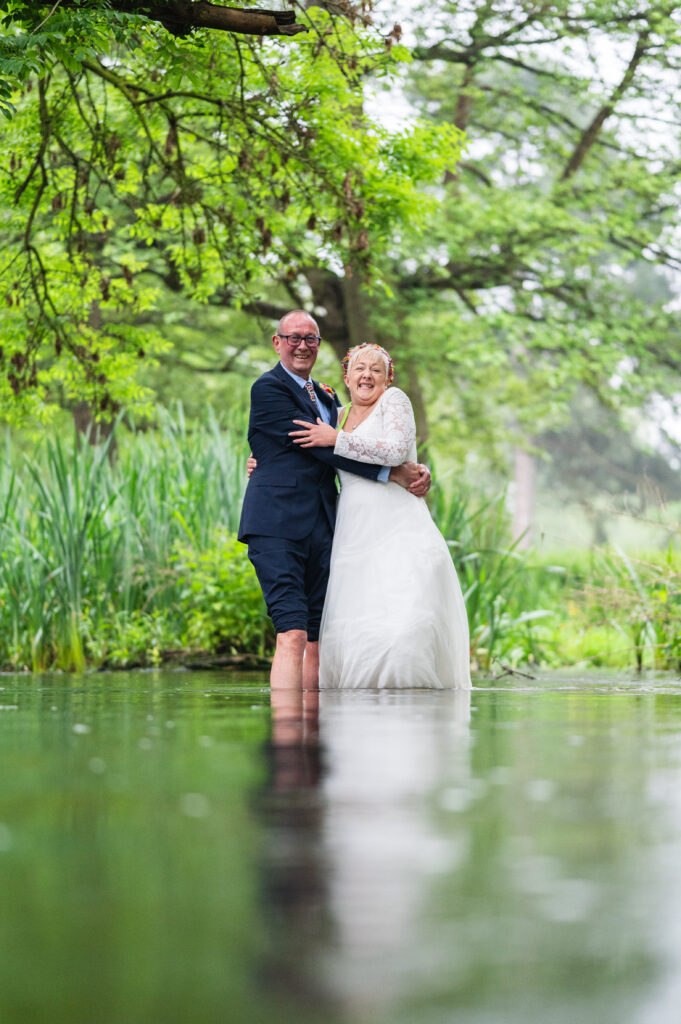
A Simple Aperture Exercise
Pick one subject—maybe a person, a tree, or a cup of tea on the table. Photograph it at f/2.8, f/8, and f/16 (or the closest your lens allows). Look at the results side by side. You’ll see exactly how aperture transforms the photo.
Aperture is more than just a setting—it’s a creative tool. Once you start experimenting with depth of field, you’ll gain far more control over the look and feel of your photos, whether you’re shooting portraits, landscapes, or everyday details.
Where next on your photography journey?
If you’re ready to keep building your skills, explore more of our photography guides below. Each one dives into a different technique, helping you grow in confidence and creativity with every shot.
- Creative Ways to Use Shadows and Silhouettes in Your Photos
- Shutter Speed Explained: How to Freeze or Blur Motion in Your Photos
- Why You Should Use Aperture Priority Mode for More Creative Control
- Aperture Explained: How to Control Depth of Field and Focus
- Understanding ISO: How to Get the Best Exposure in Any Light
- Using Leading Lines to Guide the Viewer’s Eye in Your Photos
- Mastering the Rule of Thirds: How to Compose Your Shots

